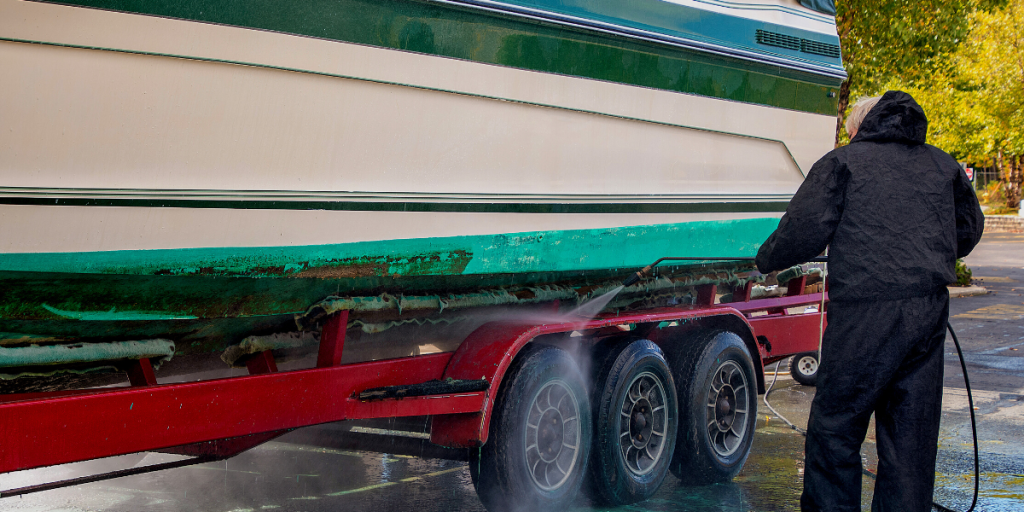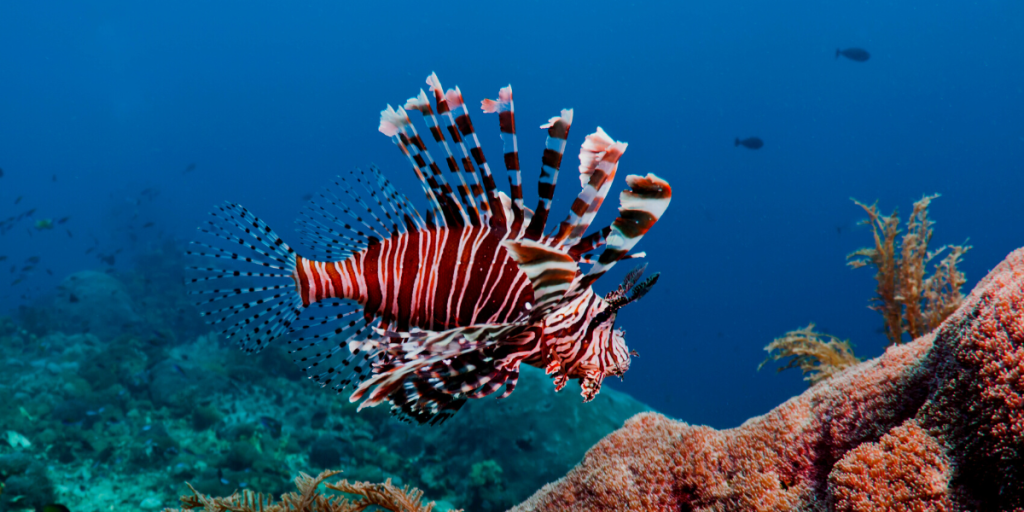Invasive species are a major threat to ocean ecosystems. They can damage native species and habitats, and threaten wildlife. Invasive species also pose a risk to human health, food security and economic well-being. Fortunately, there are many things we can do to help prevent the spread of invasive species between water systems.
Invasive species are threatening ocean environments, but early detection and careful actions by humans can help prevent their spread.
Invasive species are a threat to ocean environments. They can completely change the way a food chain or ecosystem functions, creating imbalance in the environment.
When an invasive species is introduced into an area, it can outcompete native species for resources and habitat. This can cause extinctions of native flora and fauna, who are unable to compete with their new rivals for survival.
For example, when non-native grass carp were introduced into US lakes in the 1970s, they quickly became one of the most abundant fish species in lakes across America. The grass carp feed on planktonic organisms that would normally be eaten by native fish larvae—these larvae are unable to survive because their food source has been decimated by these invasive fish!
Invasive species can harm native species and disrupt ecosystems, which can in turn cause economic loss.
For example, the Asian long-horned beetle threatens maple trees with its voracious appetite. The sea lamprey is a voracious predator that kills fish by attaching itself to them and draining their blood through a sucker-like mouth. Asian carp, which have been introduced into the Great Lakes region of North America, eat huge amounts of plankton that are food for other fish. They also grow very large (up to 40 pounds) and are known for jumping out of water when frightened or disturbed by boats nearby. All of these species were not native to their respective areas, which is why they were able to take over the ecosystem so fast and reproduce so quickly. Now, these species are abundant where they do not belong, causing a slew of after-effects.
Early detection is critical to managing the spread of invasive species, however effective management has proven challenging.
While early detection is critical to managing the spread of invasive species, it has proven challenging. Effective management requires a long lead time, which is difficult to achieve in an era of rapid environmental change. Additionally, many invasive species are more aggressive than native ones, and therefore have higher reproductive rates and greater dispersal distances.
The key challenge with managing invasive species is that most efforts are reactive: once a non-native species has established itself in an ecosystem and caused harm (e.g., reducing biodiversity), it may already be too late to eradicate it completely. In fact, many scientists argue that eradicating invasives altogether should not be considered a realistic goal because there will always be some small chance that one can escape from captivity or release into the wild again.
The green crab, Didemnum vexillum, and the Asian shore crab, Hemigrapsus sanguineus are only two examples of some of the most harmful invasive species to have entered our oceans. They have both been found to disrupt marine ecosystems by preying on native organisms. For example, they both feed on mussels, which could lead to a massive decline in mussel populations if left unchecked. Additionally, these species can also be vectors for disease transmission, as well as parasites such as viruses and worms which can cause damage to those that come in contact with them.
To help prevent the spread of invasive species from one place to another, be sure to clean your boat, equipment and accessories before you travel between water systems.

To help prevent the spread of invasive species from one place to another, be sure to clean your boat, equipment and accessories before you travel between water systems. If you are going to move between water systems with your boat or other equipment, follow these steps:
- Clean all surfaces that have been in contact with the water or wildlife using hot water and soap or detergent.
- Drain any standing water from live wells, bilges and ballast tanks before leaving an area for more than 72 hours before, and thoroughly clean these internal compartments once you arrive at your next destination. This will kill any plants or animals that may have come aboard during transit, particularly if they were accidentally introduced as bait by someone else fishing nearby.
- Dispose of unused bait responsibly by putting it in the trash instead of dumping it in lakes, rivers or oceans where it could harm native fish populations – this also helps prevent accidental introduction when other people use this bait later on!
Hopefully, you now have a better idea of what invasive species are and why they’re so bad for the ocean. If you’re interested in learning more about sustainable sailing check out Keen on the Water for advice.
Found this interesting? Check out our blog: Pollution – Is your Boating Harming the Oceans?


